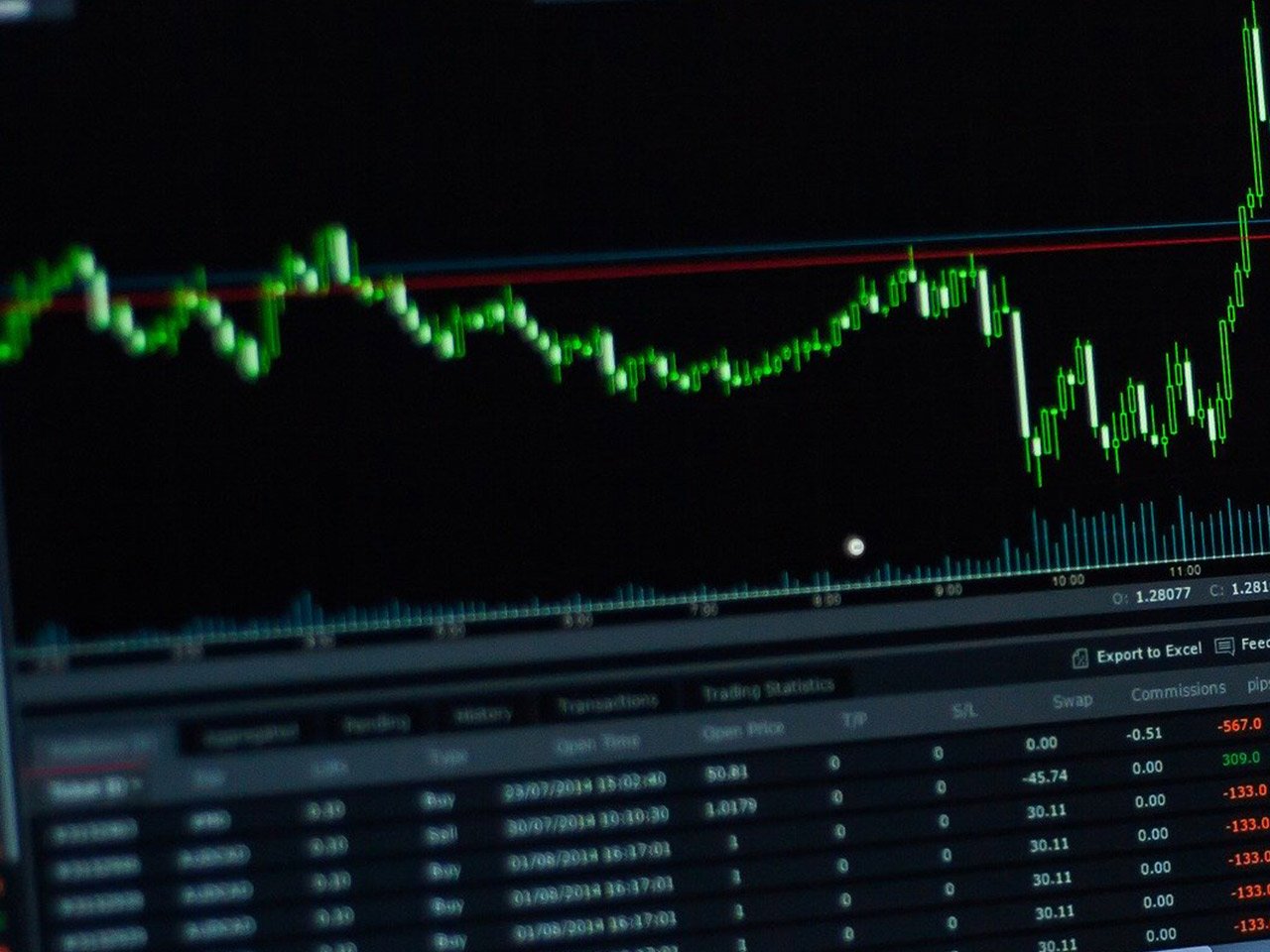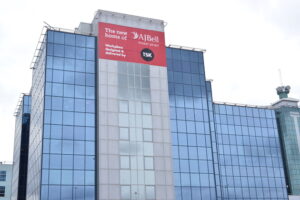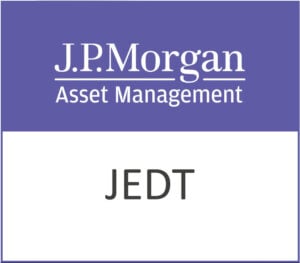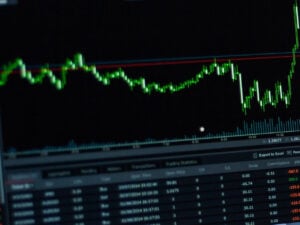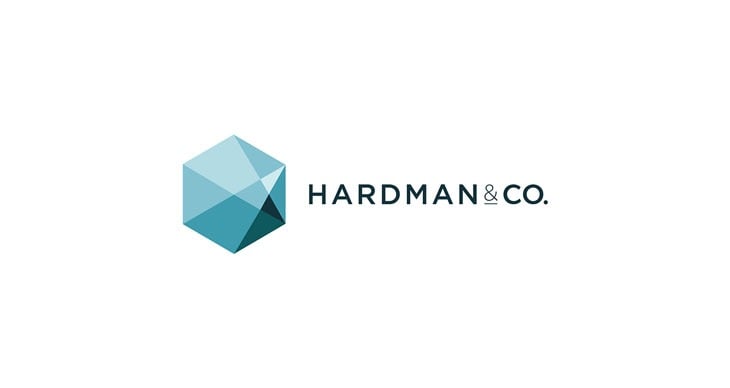Ashmore Group PLC (ASHM.L), a London-based asset management firm, is a notable player in the financial services sector with a market capitalisation of $1.17 billion. Renowned for its focus on emerging markets, Ashmore offers retail and institutional clients a range of investment products, including equity and fixed income portfolios. However, the company’s recent financial metrics reveal a complex landscape for investors.
Currently trading at 178.3 GBp, Ashmore’s share price sits within its 52-week range of 125.10 to 218.40 GBp. Despite a slight price change of 0.02%, the stock’s movement indicates the volatility often associated with emerging markets, where Ashmore primarily operates. The firm’s valuation metrics present challenges, with a staggering forward P/E ratio of 2,335.30 and several key metrics not available, such as the trailing P/E and PEG ratio. This lack of data may raise questions about the company’s current valuation methodology and profitability outlook.
The company’s performance metrics reflect the pressures of operating in volatile markets. A revenue decline of 16.00% and a modest EPS of 0.10 highlight the financial headwinds Ashmore faces. Nevertheless, the firm has managed to maintain a return on equity of 9.03%, which could be seen as a testament to its resilience in managing investments under challenging conditions. Moreover, with free cash flow at £87.66 million, Ashmore demonstrates a capacity to generate liquidity, a critical factor for sustaining operations and potential growth initiatives.
Ashmore’s dividend yield of 9.48% stands out, yet the payout ratio of 161.88% suggests that the company is distributing more than its earnings. This strategy might appeal to income-focused investors, but it also raises sustainability concerns over the long term, especially if the underlying earnings do not improve.
Analyst ratings reflect a cautious sentiment, with an even distribution of buy and sell recommendations, and the majority leaning towards hold. The average target price of 156.10 GBp suggests a potential downside of 12.45% from the current trading price, indicating that analysts foresee possible challenges ahead for the company.
From a technical standpoint, Ashmore’s 50-day and 200-day moving averages of 167.87 and 159.11, respectively, position the stock above these key indicators, suggesting a positive trend. However, a high RSI of 79.93 points to an overbought condition, which could signal a potential price correction.
Investors considering Ashmore Group should weigh the firm’s dividend appeal against its financial performance and market conditions. The company’s strategic focus on emerging markets offers significant growth potential, yet it also involves inherent risks. As Ashmore navigates the complexities of global markets, maintaining a robust investment strategy will be crucial for achieving sustained performance and delivering value to its shareholders.


